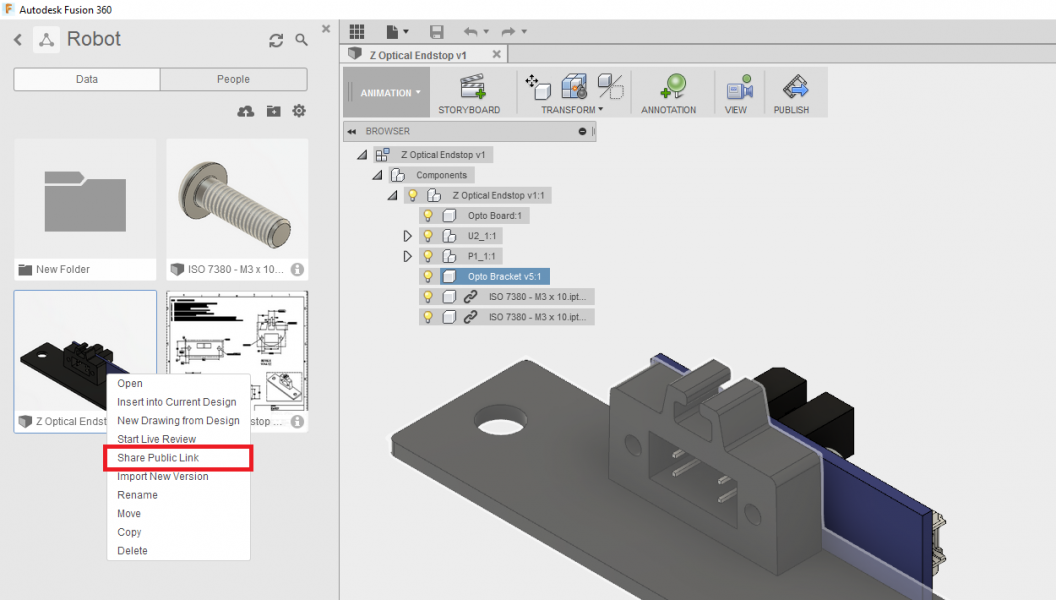

If you haven’t heard of it before, Keyshot is a 3d rendering software capable of rendering animations. *If you’re looking for more information about the subject matter in these renders click here to read about the mutesync on case studies page.īefore getting into my process, I briefly want to explain why I didn’t use an external software like Keyshot.

However, if you’ve got some extra cloud credits or an education license for Fusion then skip this part because you can actually use Fusion’s cloud renderer to render motion studies. I strongly suggest using a desktop macro program otherwise, your going to be manually rendering each frame of the animation. In addition to using Fusion 360 & Photoshop, I also used a program called MacroRecorder to automate the rendering process. This is simply a brief explanation of my process for creating the GIFs shown above. That said this is by no means a how-to guide. There are workarounds to this, one of which I am going to discuss in this article. Even more so if you're hoping to do it on a budget. However, Fusion is also very limited when it comes to rendering animations. Fusion 360 is a great cad software and its built-in renderer is extremely powerful.


 0 kommentar(er)
0 kommentar(er)
